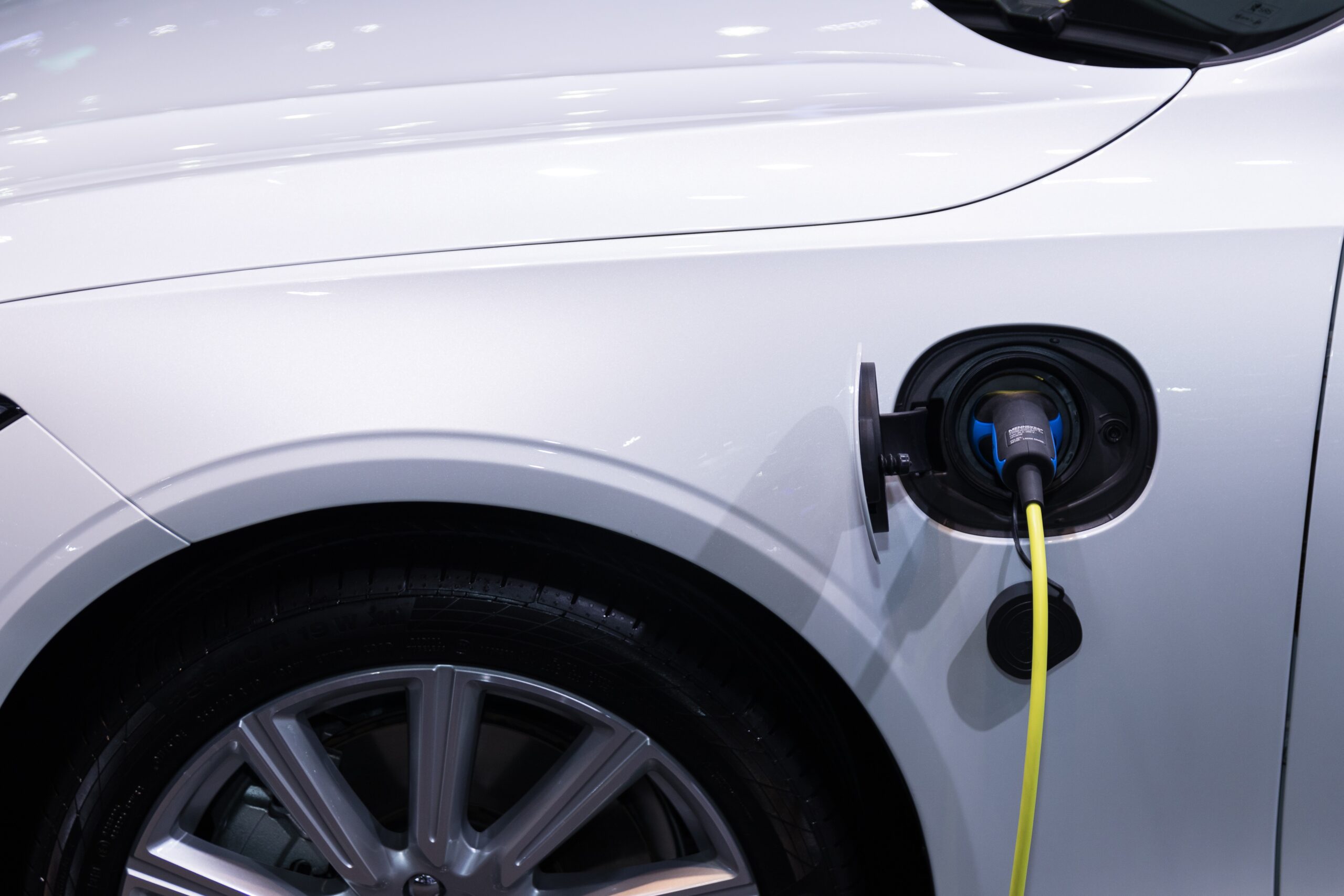
Will Electric Cars Kill The Radio Star?
There’s an interference problem from EV motors that’s bumping AM bands off of electric vehicle dashboards. Radio over 5G may offer a solution.
- The AM band in particular is subject to electromagnetic interference from electric motors, which generate frequencies comparable in wavelength to AM radio signals.
- Many EVs have abandoned the radio band, while others—like the Ford F-150 Lightning—did include it but will soon cease to.
- A global radio aggregator and streaming service called TuneIn offers a solution, by delivering feeds from some 100,000 stations over a vehicle’s 5G wireless network access.
Is broadcast radio an endangered species in the new generation of electric vehicles? The AM band in particular is subject to electrical interference, which is one reason the BMW i3 electric car declined to include it back in 2014. Tesla evidently gave up on terrestrial AM in the Model S circa 2018, and it’s not available on current Teslas. The Mercedes-Benz EQS EV doesn’t have regular broadcast AM, and both Volvo and Audi have produced EVs without AM. The interference problem could get worse as EVs carry larger electric motors.
For most of the last 100 years, “in-car entertainment” was provided (if your car had “R&H,” or radio and heater) by only one choice—the full panoply of AM broadcasting. In the 1960s, FM became an option, then the long march through add-on eight-track, cassette, CD, and phone-based music.
Lately, broadcast radio is seeing a small, single-digit dip in listenership, said Eric Rhoads, chairman of Streamline Publishing, which covers the industry through Radio Ink. Obviously, quite a lot of radio listening is done in the car today, but Rhoads said that hasn’t stopped auto companies from predicting that broadcast AM and FM would eventually disappear from the auto dashboard. Radio’s demise has been expected many times, but even today 86 percent of respondents in a Jacobs Media survey said they listened to radio (on any device) at least an hour per day.
Auto companies consider deep-sixing radio for the same reason they ditched the CD player—it costs money and takes up space and resources on the valuable digital dashboard.
And the interference problem is real. According to Consumer Guide, the electric motors in EVs “tend to generate electromagnetic interference with AM radio…Rapidly fluctuating voltage results in the high-level, low-frequency electromagnetic interference that reaches into the radio. Electromagnetic frequencies generated by EV motors happen to be comparable in wavelength to AM radio signals….Porsche, for one, has advised that this interference may result in static and crackling sounds. Other automakers point out such possible audio annoyances as distortion, buzzing and signal fading.”
BMW offers no AM in the i4, iX, and i7 electric cars, said BMW product and technology spokesman Alexander Schmuck. “We do offer FM, HD Radio, Sirius XM Satellite as well as Apple CarPlay and Android Auto. If a customer wants to listen to an AM radio station, he or she can elect to do so via services such as TuneIn and connect/play them directly via Apple CarPlay or Android Auto through the car’s speaker system,” Schmuck said.
Some automakers are putting AM in EVs, however, including Ford with the Mustang Mach-E, and several GM vehicles (Chevy Bolt EUV, Hummer EV).
In general, AM remains more in favor with American automakers—in part because it still has a listener base in the US. AM broadcasts are declining in Europe, and are being replaced by the DAB digital format.
One solution to the interference problem is accessing terrestrial radio through the 5G signal in most new cars, and that’s the niche occupied by TuneIn, a global radio aggregator and streaming service that delivers music, news, sports and podcasts to an audience of 75 million monthly users.
In an Autoweek interview, TuneIn CEO Rich Stern said that the service includes 100,000 radio stations, as well as such oddities as the audio from Jeopardy and other television feeds. That’s one way for TV sports junkies who aren’t paying for the privilege can get their game coverage. “Radio is still a vibrant medium,” Stern said. “The average listener tunes in 4.5 hours a day, and that blows Netflix out of the water.”
Radio has been limited by the range of its broadcast signals—to people “within the sound of my voice.” But that barrier is gone on Tunein’s service—you can listen to country music on a Nashville station, or hip-hop from Detroit. AM has also had sonic limitations (which is one reason music is seldom offered anymore), but taking it off the broadcast platform eliminates the static and fidelity problems.
TuneIn has a tiered approach similar to services like Spotify—free with ads, limited ads with a one-time fee, and no ads via a premium subscription (that also includes live MLB and NHL games). Automakers that have partnered with TuneIn include Jaguar-Land Rover, Mercedes-Benz, Stellantis, Rivian, Lucid, and Tesla. The last three make EVs exclusively, but every automaker is offering them now. Adding TuneIn does not necessarily mean regular broadcast reception is dropped.
There are other radio aggregators, and individual stations offer downloadable apps that let you listen anywhere. The free Radio Player Live, for Google Chrome and Microsoft Edge, gives access to hundreds of stations with music, sports, news and talk. Radio.net is another one. AM broadcasts are also available via Internet streaming and simulcasts on HD FM.
“AM has to think digitally to survive,” said Adam Jacobson, editor in chief of Radio and Television Business Report.
TuneIn’s revenue stream is via ads. In 2020, the company switched to Google and adopted its Ad Manager Audio for programmatic advertising.
First published by AutoWeek. Read original here
Discussion
No comments on this post yet, start a discussion below!